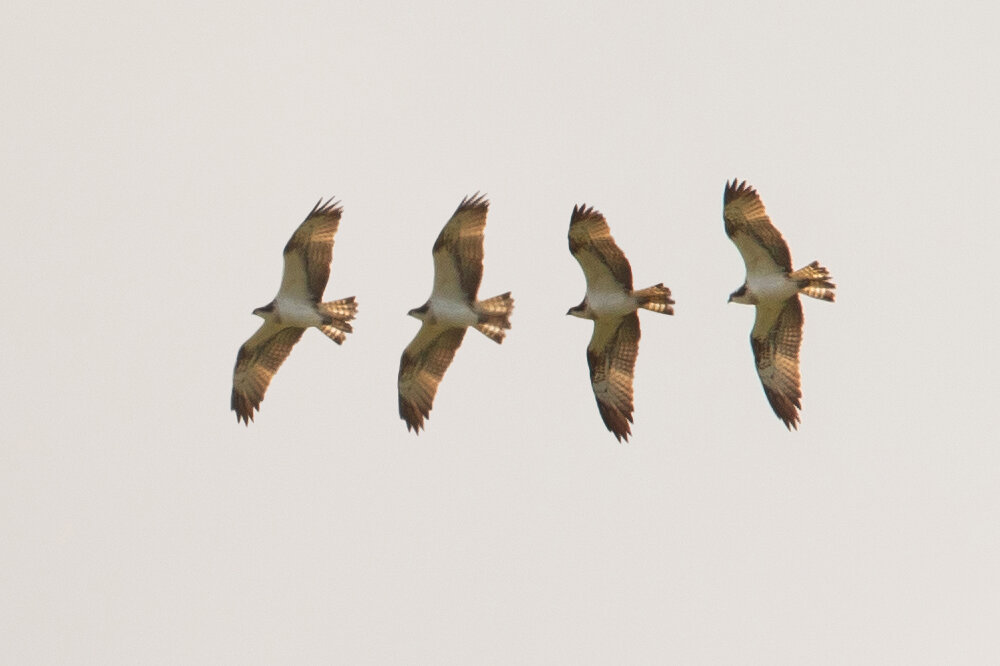Brown Hare, Ribchester
BROWN HARES ARE VERY CONSPICUOUS AROUND RIBCHESTER at the moment, as the grass in the fields is a little late in growing following the very cold start to the month. It always amazes me how daft they are, sometimes oblivious to me, when I crouch down. Standing up they keep their distance. Birding today included the first Yellow Wagtail for me and Phil in the village. I imagine the meadows in the valley were once full of them but they have not bred in East Lancs since I have been here and that’s over 15 years now. Three very loud single ‘tseeeep’ calls signalled its presence as we saw it fly over us on Shorton Lane and then over the farm towards the river. We spent some time trying to relocate it without any luck but I am not allowed off the footpaths here anymore so that was that.
Other highlights today included three Little Ringed Plovers opposite Churchgates, our highest number so far. There was a lot of song-flghting but one pair of them later flew west over Lower Barn. A redshank was on the field pool above Parsonage Farm where there are some excellent signs asking for dogs to be kept on leads in the field where the lapwings are nesting. There was a pair of skylarks here again today and three Greylag Geese too. A pair of Reed Buntings was on another field pool, a very scarce breeding bird down in the valley and I heard five singing Willow Warblers on my circuit this morning, also my highest count so far. No Common Sandpiper, whitethroat or redstart yet though but they have already reached nearby Alston and Brockholes so any day now but it looks like yesterday’s Fieldfares may have gone.
Reed Bunting, male moulting into breeding plumage - almost there now!
A lovely cloudscape over Ribchester at dawn this morning, forming high heaps of Altocumulus


